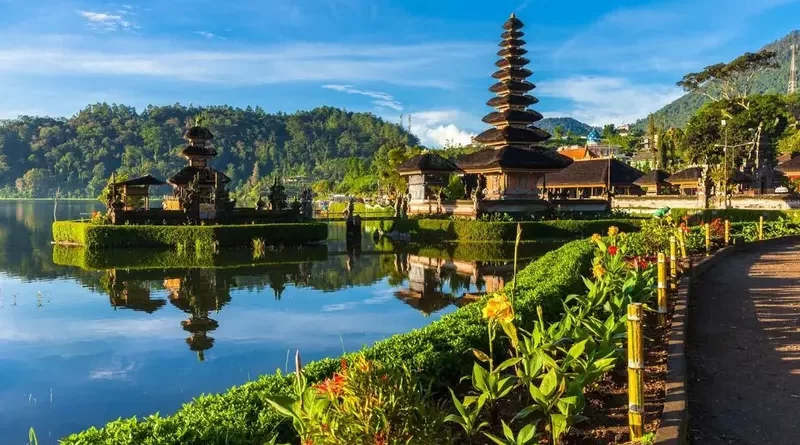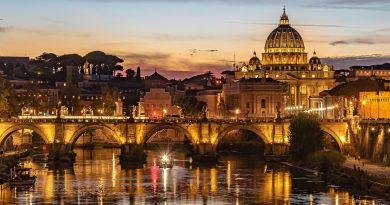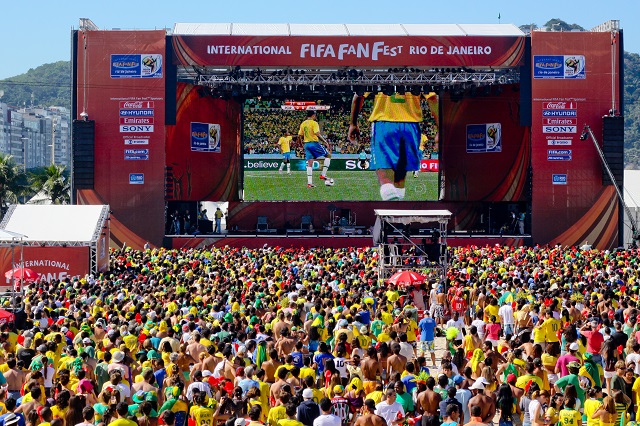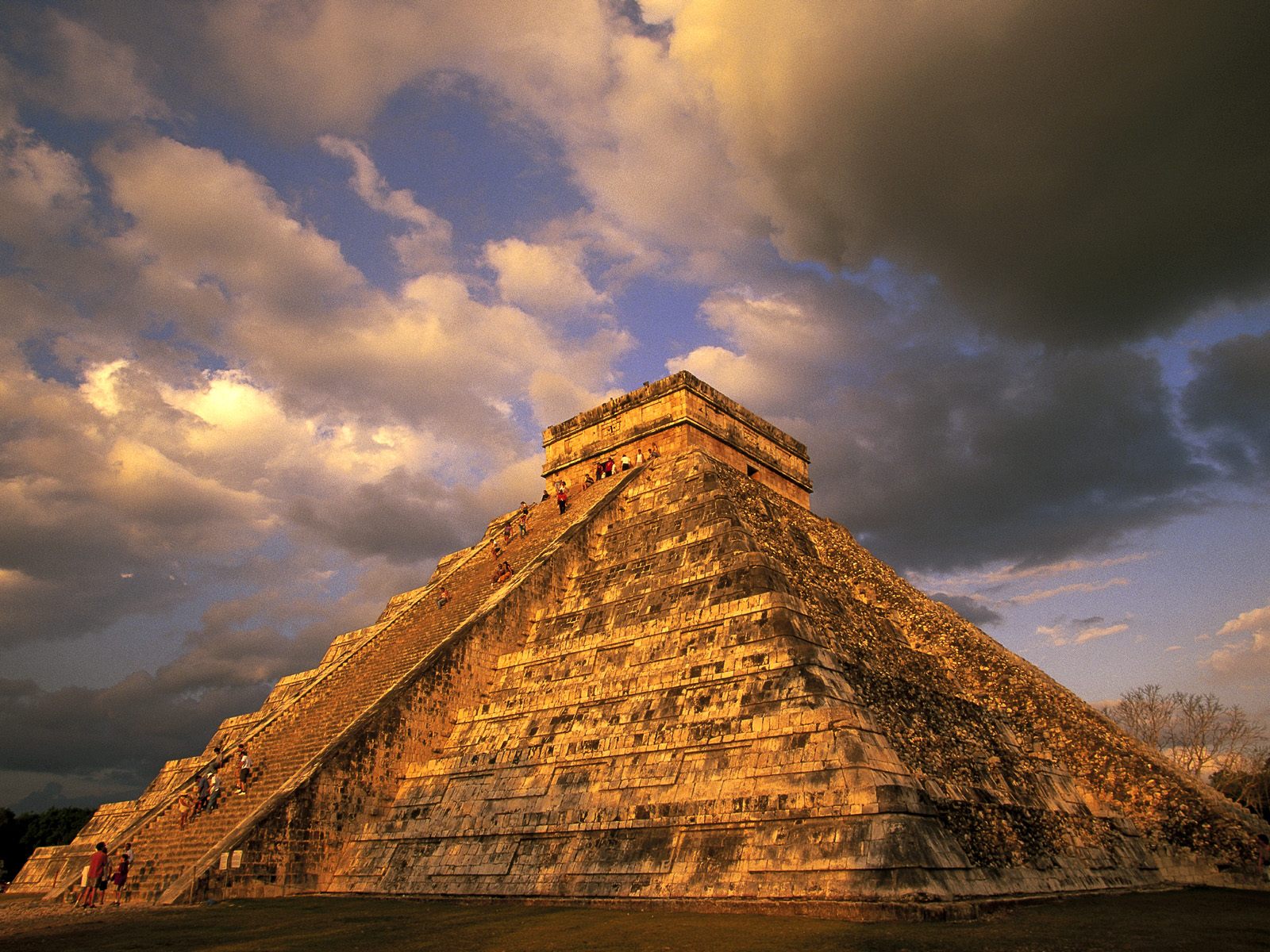Best Places to Visit in Indonesia
Think of Indonesia as a tourist, and the first place that comes to the mind of most people is Bali. Sure enough, Bali is stunning, but the fact is that, there is much more to Indonesia than this beach resort. In fact, it’s among the most diverse and beautiful countries you could ever visit. You can see stunning tropical forests rich with wildlife, volcanoes, historical sites, and beautiful coral reefs. Here are the best places to visit in Indonesia this year.
- Bali and Surrounding Islands
- Ubud, Bali
- Nusa Penida, Bali
- Lombok and Nearby Islands
- Gili Islands, Lombok
- Island of Sulawesi
- Wakatobi National Park
- Java’s Cultural and Natural Highlights
- Borobudur, Yogyakarta
- Prambanan, Yogyakarta
- Legend of Lara Jongrang
- Dieng Plateau, Central Java
- What to see on the Dieng Plateau
- Kawah Sikidang
- Sumur Jalatunda
- Borneo and Sumatra’s Natural and Cultural Wonders
- Sumatra Island
- Lake Toba, Sumatra
- Bukit Barisan Selatan
- Tanjung Putting
- Lesser Sunda Islands’ Natural Beauty
- Komodo National Park
- Flores Island
- Eastern Indonesia’s Diving Paradises
- Raja Ampat
- Raja Ampat Archipelago, Indonesia
- Derawan Islands, East Kalimantan
- Unique and Remote Destinations
- Western New Guinea Island (Papua)
Bali and Surrounding Islands

Bali has emerged as an extremely popular island destination because of its tropical beaches, rugged coastlines, volcanic hillsides, and lush rice terraces. And if you know Bali offers great surfing and diving, and a Balinese massage on the beach is an unparalleled experience. Understand its deeply spiritual and unique Hindu culture.
Ubud, Bali
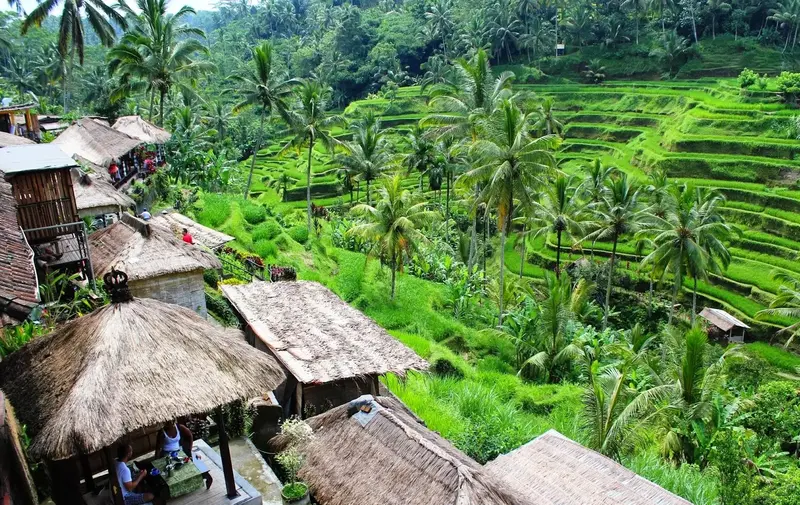
Ubud is a picturesque area in the central part of Bali, the cultural capital and spiritual center of the island, surrounded by magnificent landscapes and many interesting sights. We often recommend our tourists to stay in Ubud for at least a couple of days to immerse themselves in the atmosphere of an authentic Balinese experience and discover an amazing combination of history, nature and art.
The street scene in Ubud is a dream for culture lovers. Despite the massive tourism, local Balinese can still observe their religious daily routine. Offers are posted everywhere, several times a day. The streets are beautifully decorated during festivals.
The best way to walk around the city is to avoid the big streets such as Jalan Monkey Forest Road, Jalan Hanoman and Jalan Raya Ubud. Instead, head to small streets like Jalan Bisma and Jalan Sugriva. You can even walk along a crowded street through the Monkey Forest to New Kooning.
Nusa Penida, Bali
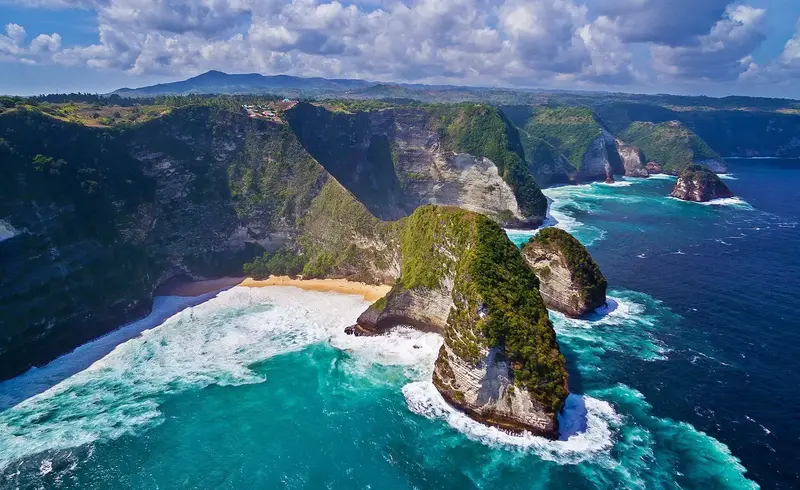
Nusa Penida is the largest of the islands of the Nusa group, located near Bali. You can get to it by yacht, renting it for a while, or by ferry.
There are several places in Bali from where speedboats go to Pineda: Padang bai, Kusamba, Tribune and Sanur. Sea buses have their own schedule and cost.
The island of Nusa Penida will be interesting to those who want to take a break from the noisy and crowded Bali, admire the wild and untouched nature, beautiful coves and cliffs. Diving and snorkeling enthusiasts will appreciate the numerous spots off the coast of the island.
For those who like hiking, swimming and relaxing on the beaches, we offer several particularly interesting places where you can enjoy both the natural beauty and the authentic atmosphere.
Lombok and Nearby Islands
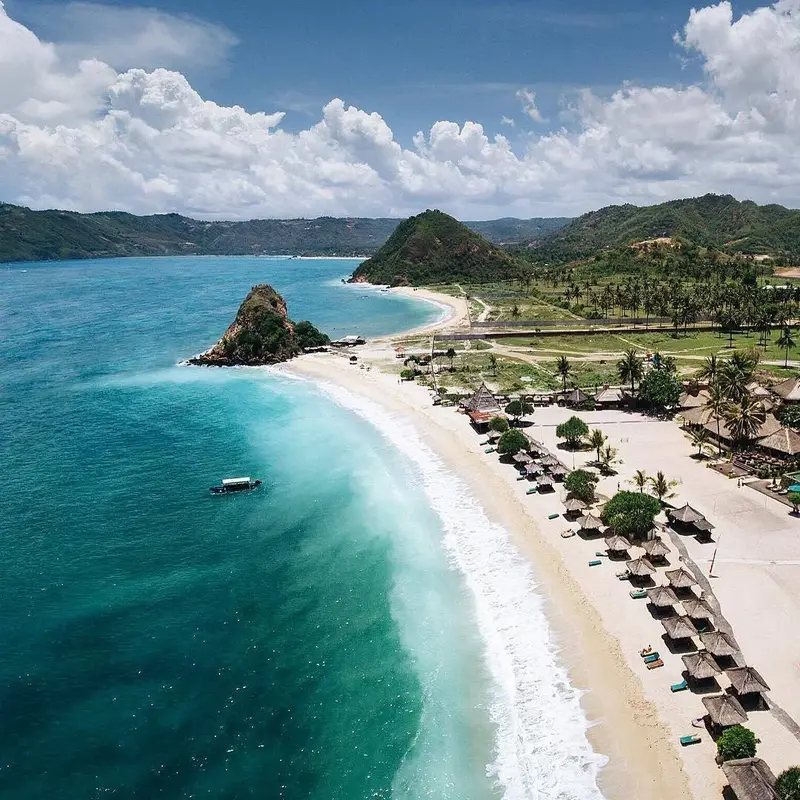
The Indonesian island, like Bali, is a paradise destination. The only difference is that it is not so crowded here and still remains practically virgin. And there is hope that it will continue to be so, because part of the charm of Lombok is its nature and the tranquility that it radiates.
Lombok stands out for its deeply rooted culture; its wonderful waterfalls; or the Gunung Rinjani volcano, which is the second highest in Indonesia and is still active. It should be remembered that Lombok Island is located in the Pacific Ring of Fire, an area characterized by seismic and volcanic activity.
Gili Islands, Lombok
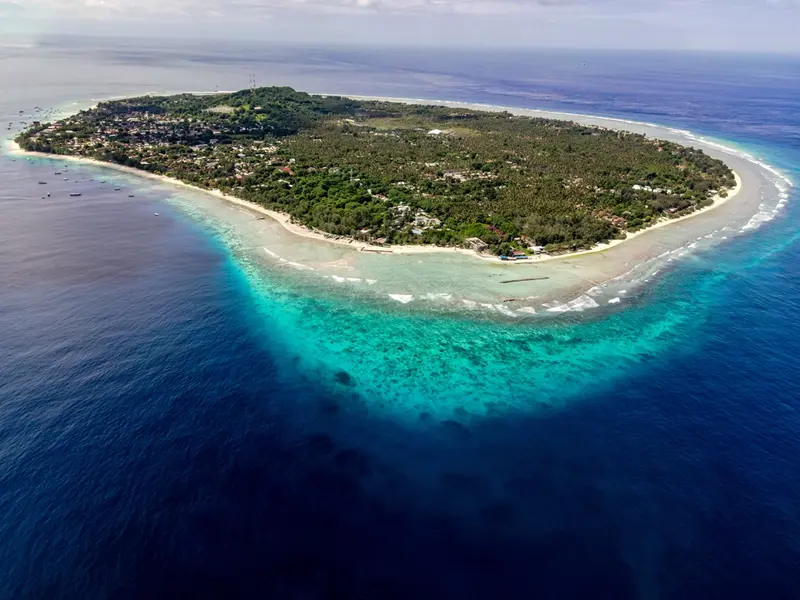
When you are offered to go to Gili Island in Indonesia, immediately ask: which one? After all, Gili is not one specific island, but three at once. They are all tiny and located close to giants such as Bali and Lombok Islands. A tiny Indonesian paradise.
The total area of all three islands is only 15 square kilometers. While the area of the same Bali is almost 6,000 sq. km. Gili Air is the smallest island, Gili Meno is the average, and Gili Trawangan is the largest.
Island of Sulawesi
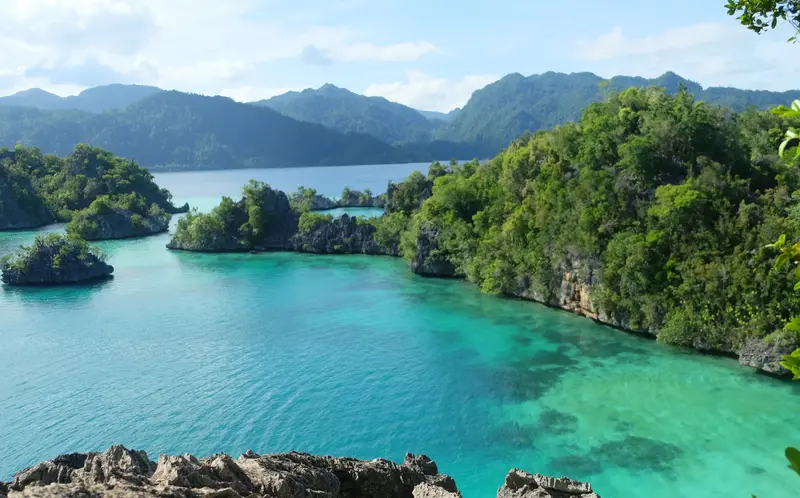
Have you heard about the island of Sulawesi (the second name of the island is Celebes) in Indonesia? Both outdoor enthusiasts and “calm” ethnologists seek to come here. It is a very beautiful green island (the third largest in Indonesia).
Sights of Sulawesi
- The coral reefs of Manado Bay, next to which the Togean Islands are located. This corner of pristine nature is a paradise for travelers who love diving.
- Gorgeous mountain lakes.
- Many aboriginal tribes with different traditions and cultures. For example, in the south of the island, in the district of Tana Toraja, there are torajas who preach the cult of the dead. Their dwellings are shaped like boats, and cemeteries are rock niches or caves.
- In the province of North Sulawesi, there are the Ambang volcanoes (with a height of about 1790 meters), which has not erupted since 1845, and is associated with three craters that periodically emit ash.
- Buton Island Nature Reserve with interesting endemics.
- Fort Vredenburn.
- Folk Art Museum in Ujung Pandang.
Wakatobi National Park
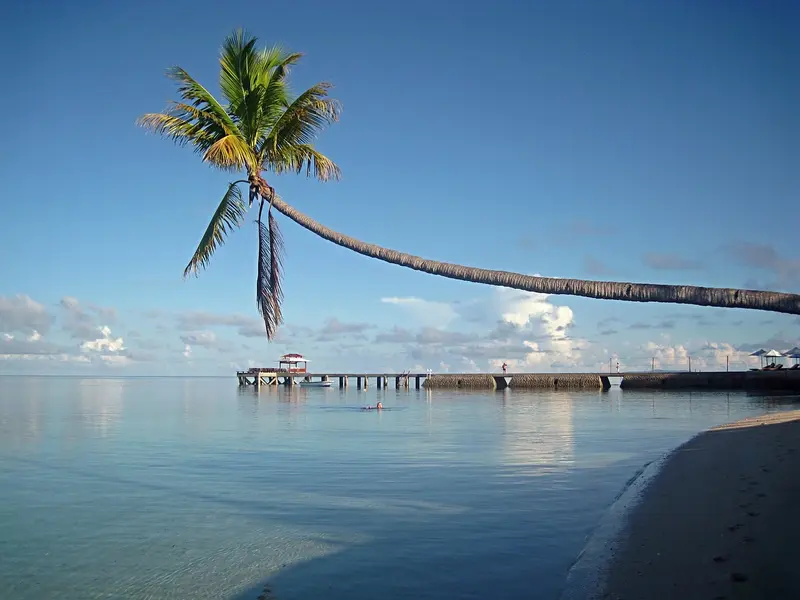
Wakatobi National Park is a marine conservation park located in the southern part of the island of Sulawesi. The name of the park is Wakatobi, an abbreviation that is formed from the names of the first letters of the four main islands of the Tukang Besi archipelago (Tukang Besi) – Wangi-Wangi, Kaledupa, Tomia and Binongko.
The Tukang Besi archipelago consists of 25 islands and volcanic and coral reefs. It is worth noting that the archipelago is known for its coral reefs and was declared a marine protected area in 1996. Wakatobi National Park was included in the UNESCO World Heritage List in 2005, and in 2012 – in the World Network of Biosphere Reserves.
The more precise location of the park is the southeastern part of the island of Sulawesi. In addition to the four large islands, the national park also includes small islands. In total, Wakatobi National Park includes 143 islands. All of them are inhabited, except for seven islands. The population is approximately one hundred thousand people.
Java’s Cultural and Natural Highlights
Borobudur, Yogyakarta
Borobudur is among the most famous Buddhist temples on the planet and a World Heritage Site. Two million blocks of stone were used to construct these temples between the VIII and IX Centuries. Today, it’s no less grand and impressive than the better-known AngkorWat temple complex of Cambodia. It is still a mystery as to how and why it was abandoned suddenly, only to lay undiscovered under volcanic ash for centuries.
Prambanan, Yogyakarta
Prambanan was built a little later than Borobudur, its construction was completed by the king of Cancer and Picket in 856. The temple suffered several times from strong earthquakes, which turned most of the small buildings of the complex into ruins. In 1991, the complex was included in the UNESCO Heritage List.
Legend of Lara Jongrang
There is a legend that the Prambanan temple was built because of unrequited love: Prince Bandung Bondovoso asked Jongrong to marry him, but she was not in a favorable mood, so she came up with an impossible task for the prince: to build a temple with 1000 statues one night before dawn. Seeing that the prince turned out to be quick and attracted magical creatures to help, the princess ordered her workers to light bonfires all over the area to simulate the dawn. The prince did not have time just a little bit: 999 statues were ready. In desperation, after learning about the deception, he cursed his beloved and she turned to stone. Her statue now stands in the northern part of the Shiva temple.
Dieng Plateau, Central Java
The Dieng Plateau is one of the most interesting places in Central Java. This is a large caldera of the Prau volcano, formed after a super eruption many millions of years ago. Its size is about 15 kilometers in diameter. There used to be a lake there, after which the Javanese set up hundreds of Hindu temples. Now only 8 of them have been preserved. The land here, rich in ancient lake deposits, produces a harvest of vegetables as much as 4 times a year! All the slopes of the caldera are plowed under carrots, cabbage, beetroot, tomatoes, potatoes and corn, seasoned with pepper and tobacco. It looks heartwarming.
What to see on the Dieng Plateau?
We arrived at the abode of the gods (this is how the word Dieng is translated from Sanskrit) from Pangandaran by bus and stayed for a few rainy February days. The plateau is rich in all sorts of interesting places, both of natural and anthropogenic origin.
There are many geothermals on the plateau in the form of hot water outlets or craters filled with water or boiling mud. The most famous among them is Sikidang Crater. He constantly emits clouds of hot steam, so it didn’t really work out to take a picture.
The place is popular with Indonesian tourists. Which, by the way, can be a lot on weekends.
Sumur Jalatunda
An unimpressive hole, which is apparently an ancient crater. But there are many legends associated with this place. The name itself can be translated from Javanese as “don’t pull the rubber.” There is some kind of desire, a dream — do it, do not put it off, go to your dream! To speed up the process, you can throw a pebble into the wall of this crater. It helps, they say, in the realization of desires. Also, they say that it often happens here that you walked from below, counting the steps, and went back and the number of them changed … I did not check myself, I did not throw stones to the crater, for which I bought and rented. Experiment yourself if you want.
Borneo and Sumatra’s Natural and Cultural Wonders
Sumatra Island
Sumatra has often been described as the Africa of Asia, home to big rivers, rich tropical rain forests, sunny beaches, and a lot of history. Enjoy a quiet holiday here because fewer tourists visit Sumatra compared to Bali and Java.
Sumatra is a truly beautiful and exciting island of Indonesia. It is here that you can not only enjoy the real beauty of nature, but also immerse yourself in dangerous adventures. Travelers get the best opportunity to enjoy the picturesque nature, unique cultural heritage and affordable prices.
However, Sumatra Island is associated with numerous natural disasters, which include volcanic eruptions, floods, tsunamis, landslides and earthquakes. Only brave tourists will be able to fully immerse themselves in the world of Sumatra and Indonesia in order to comprehend other facets of life.
Lake Toba, Sumatra
Toba is one of the largest lakes in the world. The eruption of the volcano of the same name contributed to the appearance of the lake. Tropical pine forests grow on the shores. At the same time, even a boat trip will give you bright and positive impressions.
Lake Toba is famous for its clear and transparent water. People can see fish that sometimes rise to the surface of the reservoir. In addition, you can take unique photos of Lake Toba.
Bukit Barisan Selatan
Bukit Barisan Selatan is a national park in Sumatra, included in the official list of World Heritage Sites. The work of the national park contributes to the preservation of the wealth of Indonesian fauna and flora.
Initially, the territory was recognized as a protected area. However, almost 50 years later, the facility was recognized as a national park.
The World Wildlife Fund notes that violation of current legislation has led to partial loss of forests, as the area is now used for the development of coffee plantations.
Nature and adventure lovers can stay in a small hotel or campsite. In addition, river walks will contribute to a successful approach to the pristine nature.
Sumatra is a truly charming island of Indonesia, allowing you to touch nature and Indonesian culture.
Tanjung Putting
Wildlife lovers won’t want to miss Tanjung Putting in Borneo. Take a boat tour to visit the home of pythons, crocodiles, macaques, sun bears, clouded leopards, gibbons, and, of course, its most famous inhabitant, the orangutans. You might be surprised to know that 97 /100 of our DNA matches with orangutans, making them our closest relatives, even though you may not see much resemblance when you visit in person.
Lesser Sunda Islands’ Natural Beauty
Komodo National Park
Three big islands, Rincah, Padar, and Komodo, and as many as 26 smaller ones make up this national park. It’s the home of the world famous Komodo Dragon, the largest living reptile in the world that is believed to go back to the days of the dinosaurs. These are formidable predators, but they rarely attack humans. It’s your real life Jurassic Park.
Flores Island
Flores is a narrow and elongated island from west to east in the Nusa Tenggara chain. He became widely known due to his proximity to Komodo Island. Where dinosaurs of the same age live — Komodo lizards. They are dragons, they are ora.
Well, the Kelimutu lakes also add weight to it. I’ve been to Flores several times. Indonesia started for me from this island: we rode around Flores on a motorbike for 3 weeks with my girlfriend on our very first visit to the Sunda Archipelago. We drove all the way from Labuan Bajo to Larantuki and back. The roads of Flores are striking with their serpentines. The famous streamers of Koh Chang Island in Thailand are flowers compared to Flores. In the depths of the island, nature is well preserved, in places there are traditional villages of small nationalities, for example, Ngada and Manggarai. There are more than 10 volcanoes on the island, and I climbed some of them.
Eastern Indonesia’s Diving Paradises
Raja Ampat
Indonesia includes the Raja Ampat archipelago, which lies in the Pacific Ocean, in the province of West Papua.
The name “Raja Ampat” translates as “Four Kings”. Local legend has it that the royals hatched from eggs that a woman found and occupied the four largest islands of the archipelago. There were seven eggs in total; the three remaining ones turned into a ghost, a stone, and another woman.
Raja Ampat Archipelago, Indonesia
A strange inexplicable legend is not very clear to a Westerner and does not explain the main attraction of the archipelago: nature. Raja Ampat is part of the so-called Coral Triangle, which has the richest marine biodiversity on Earth.
Moreover, it is in the waters of these islands that the most living creatures live — more than in any other area of the “triangle”, which includes Indonesia, Malaysia, the Philippines, Papua New Guinea, the Solomon Islands and East Timor. It is home to over 500 species of corals, a thousand species of fish and seven hundred varieties of shellfish, as well as many whales, dolphins and other marine life. This makes the archipelago the richest aquatic ecosystem in the world.
Derawan Islands, East Kalimantan
Kalimantan Island has many attractions, from natural wonders to cultural monuments and wildlife sanctuaries. One of the most popular places is Tanjung Puting National Park, famous for its orangutan rehabilitation center. Visitors can see orangutans up close and learn about conservation efforts for these magnificent creatures. The Borneo Orangutan Survival Foundation is another place that must be visited by those who are interested in the conservation of orangutans. Other popular attractions include the Dayak longhouses in the Mahakam River area and the unique rock formations on Maratua Island.
Kalimantan Island is home to many indigenous peoples, including the Dayak people, who have a rich cultural heritage. Visitors can get to know their traditional way of life, including unique customs, beliefs and art. Some of the best places to explore the Dayak culture are the villages along the Mahakam River and the town of Putussibau in West Kalimantan.
The Dayak people are known for their intricate crafts, including weaving, carving and beading. Visitors can purchase these beautiful works of art as souvenirs or gifts for friends and relatives back home. Among the most popular Dayak crafts are wicker baskets, wood carvings and beaded necklaces.
Another cultural attraction of the island of Kalimantan is the Banjarese culture in South Kalimantan. The Banjarese people have their own language, cuisine and architecture. Visitors can explore the traditional Banjares houses and taste their delicious dishes, including spicy fish dishes and savory rice cakes.
Unique and Remote Destinations
Western New Guinea Island (Papua)
Not many people know that you can get snow in Indonesia. Yes, there are snowy mountains, deep valleys, stunning lakes, and beautiful beaches, too. Plus in Papua there are primitive tribes who are living life just like they used to do thousands of years in the past. You can see all of that on this island, which is the second-largest in the world.
